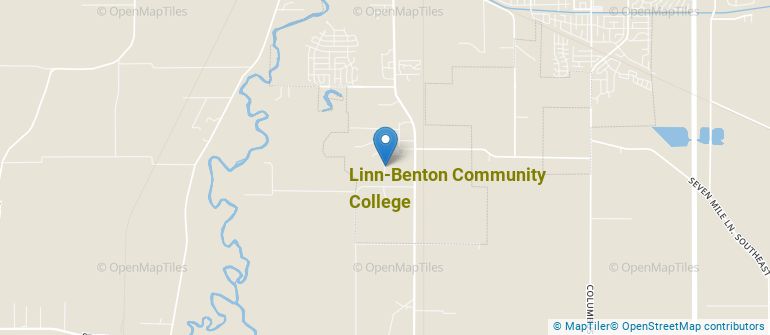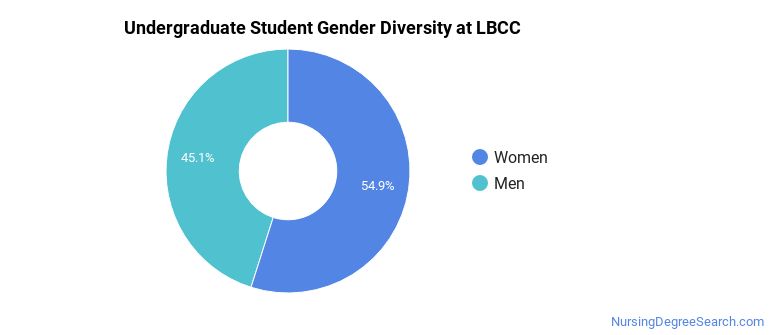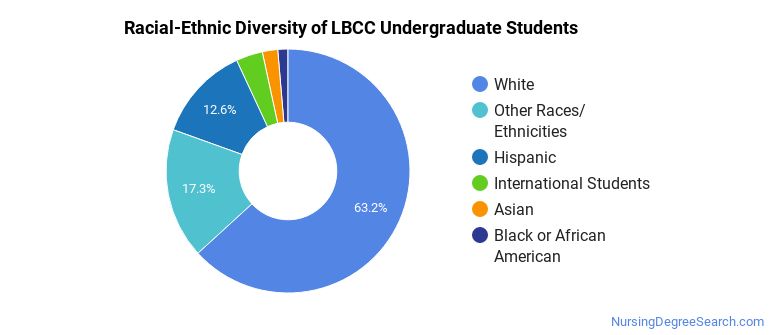Linn-Benton Community College Nursing Programs
Located in Albany, Oregon, Linn-Benton Community College is a public institution. The location of LBCC is great for students who prefer living in an urban area.
Where Is Linn-Benton Community College?

Contact details for LBCC are given below.
| Contact Details | |
|---|---|
| Address: | 6500 Pacific Blvd Sw, Albany, OR 97321 |
| Phone: | 541-917-4999 |
| Website: | www.linnbenton.edu |
How Do I Get Into LBCC?
You can apply to LBCC online at: https://www.linnbenton.edu/tuition-and-admission/apply.php
Can I Afford Linn-Benton Community College?
Student Loan Debt
While almost two-thirds of students nationwide take out loans to pay for college, the percentage may be quite different for the school you plan on attending. At LBCC, approximately 56% of students took out student loans averaging $5,759 a year. That adds up to $23,036 over four years for those students.
The student loan default rate at LBCC is 0.1%. This is significantly lower than the national default rate of 10.1%, which is a good sign that you'll be able to pay back your student loans.
Linn-Benton Community College Undergraduate Student Diversity

Gender Diversity
Of the 2,153 full-time undergraduates at LBCC, 45% are male and 55% are female.

Racial-Ethnic Diversity
The racial-ethnic breakdown of Linn-Benton Community College students is as follows.

| Race/Ethnicity | Number of Grads |
|---|---|
| Asian | 44 |
| Black or African American | 29 |
| Hispanic or Latino | 271 |
| White | 1,361 |
| International Students | 76 |
| Other Races/Ethnicities | 372 |
Over 27 countries are represented at LBCC. The most popular countries sending students to the school are China, Saudi Arabia, and Yemen.
Linn-Benton Community College Nursing Concentrations
The table below shows the number of awards for each concentration.
| Major | Associate’s | TOTAL |
|---|---|---|
| Registered Nursing | 32 | 32 |
| TOTAL | 32 | 32 |
References
*The racial-ethnic minorities count is calculated by taking the total number of students and subtracting white students, international students, and students whose race/ethnicity was unknown. This number is then divided by the total number of students at the school to obtain the racial-ethnic minorities percentage.
More about our data sources and methodologies.
